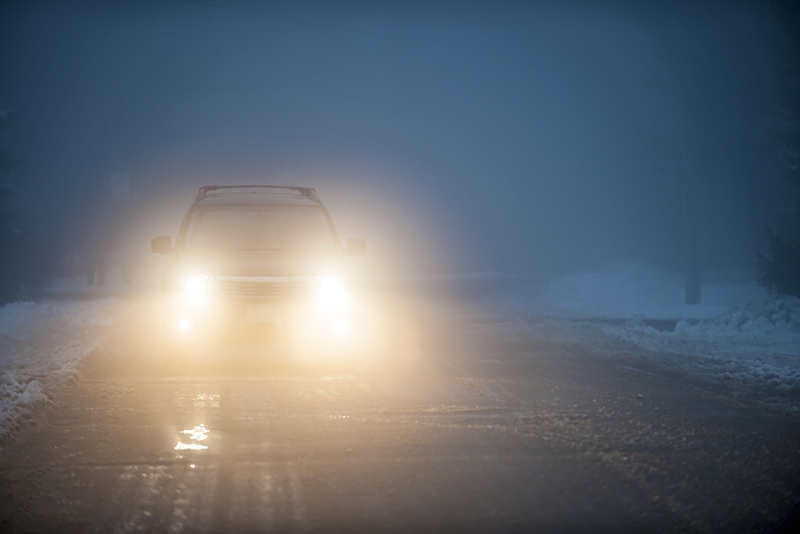
The vehicle identification number (VIN) is composed of 17 characters (digits and capital letters) that act as a unique identifier for the vehicle. A VIN displays the car's unique features, specifications and manufacturer.
The VIN can be found in a couple of places including on the car's registration label (1), on the compliance plate in the engine bay (2) or on the passenger side windshield (3), or on one of the door posts (where the door latches when it is closed) (4). See the image below:
When evening hits and sunlight gradually recedes, everything can look vastly different. This may affect your driving, when the roads aren't as clearly lit as during the day. For many new drivers, the reduced vision can be quite daunting.
However, it may not always be possible to avoid driving at night. Letting it stop you from venturing out after sundown can inhibit many aspects of your life. There are some road rules that differ while driving in the dark, so let's have a look.
Light up the way
The road rules differ for each state, so if you're in an unfamiliar place, always check the regulations before embarking on any driving.
In NSW, you need to have your lights on at any time when driving between sunset and sunrise, as well as when you are unable to see more than 100 metres1.
High beams are also allowed for conditions of low light, whether there are street lamps or not. However, this requires being extremely alert around other cars. You can't have them on when close behind another vehicle, as it can reflect off their mirrors. If a car is coming towards you, you need to have the courtesy of turning off your high beam and waiting until they have passed before flicking it back on.
If a car does approach you with high beams or bright lights, avoid looking directly at it. To keep your car on track, look to the bottom left of the road.
Steady does it
Around one third of all car crashes happen at night due to poor visibility1.
Roads and Maritime of the NSW government states that around one third of all car crashes happen at night due to poorer visibility1. This doesn't just include cars, but also pedestrians, cyclists and motorbikes, as they are much harder to see than another car.
As a general rule, you should always slow down when you are unable to see the much of the road in front of you - especially at night, because while your headlights may shine a bright path, everything off to the sides of your vehicle will be cast in darkness.
Australia is also home to many wild animals, so easing off the gas can prevent the chances of an accident.

Make sure your car is roadworthy
One of your best chances of reducing road accidents are making sure your car is fit for the road. The brakes, power steering (if equipped) and airbags will be of vital importance if you lose control of your vehicle or get into a collision.
If you're looking to buy a vehicle, quality should be of utmost importance. A CarHistory report can help you determine if you're making a worthy purchase.
1Roads and Maritime Services, Lights and Horns. Accessed June, 2015.